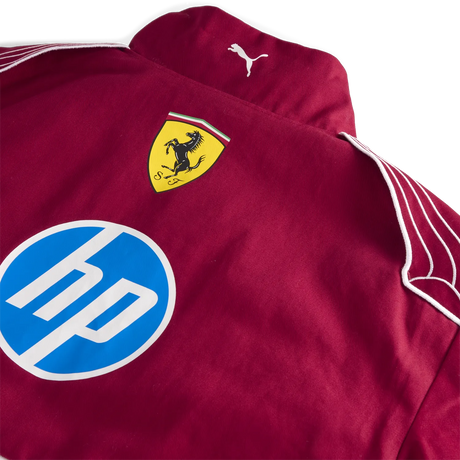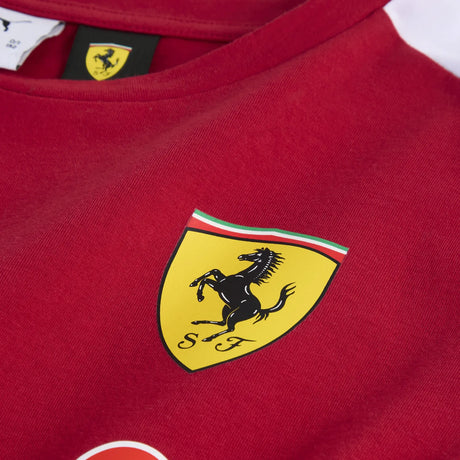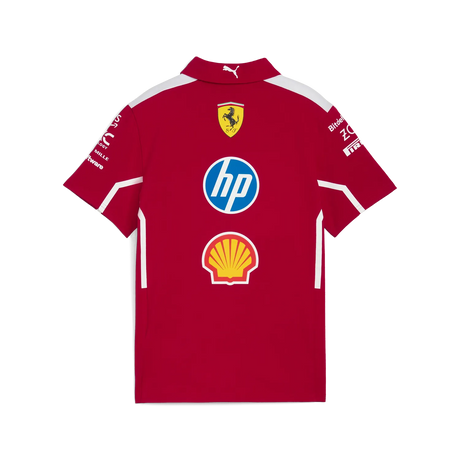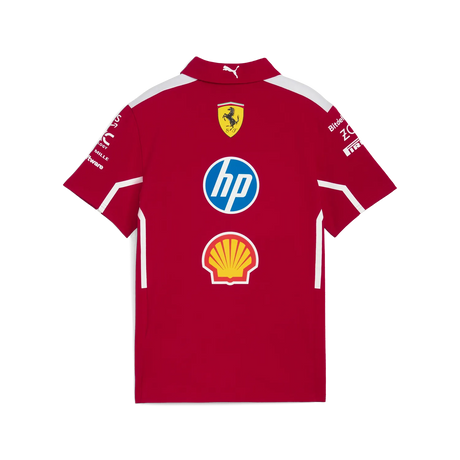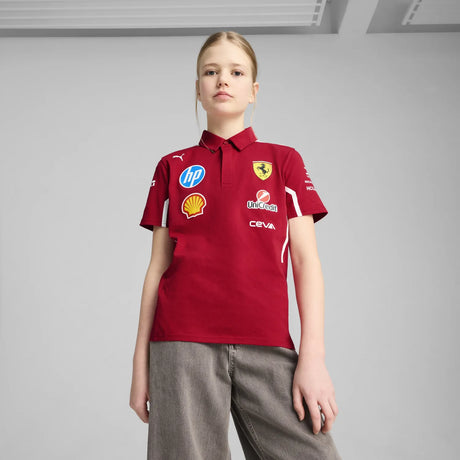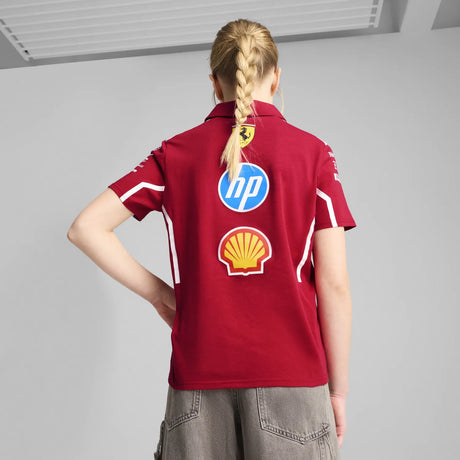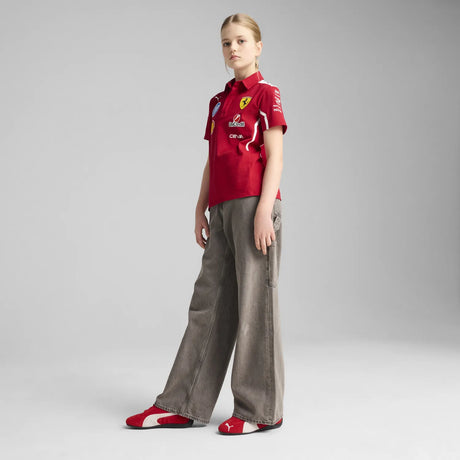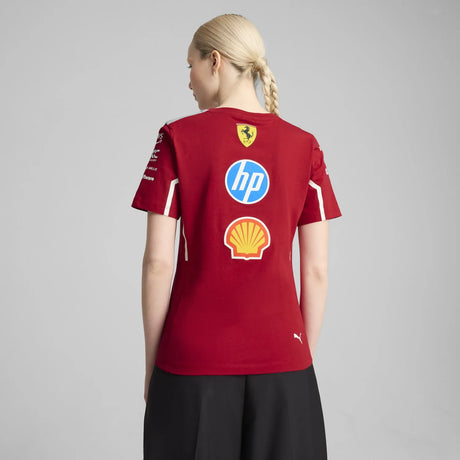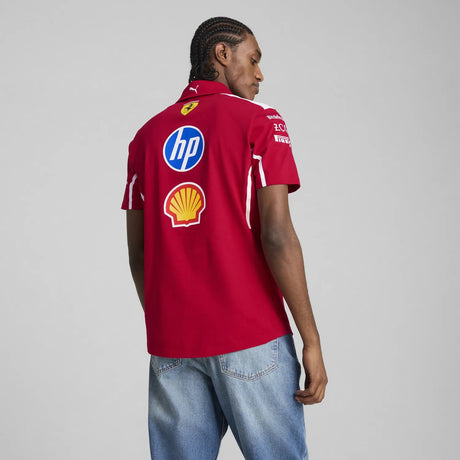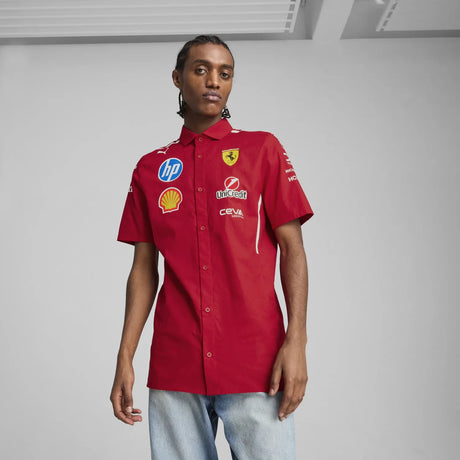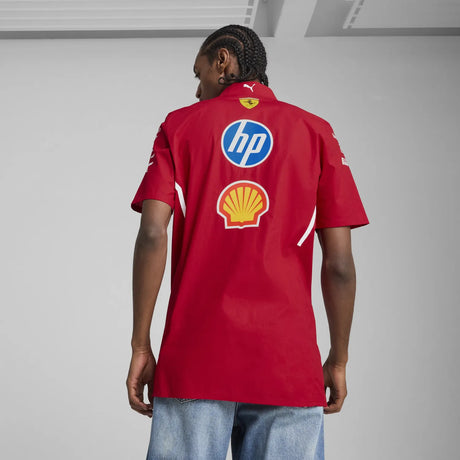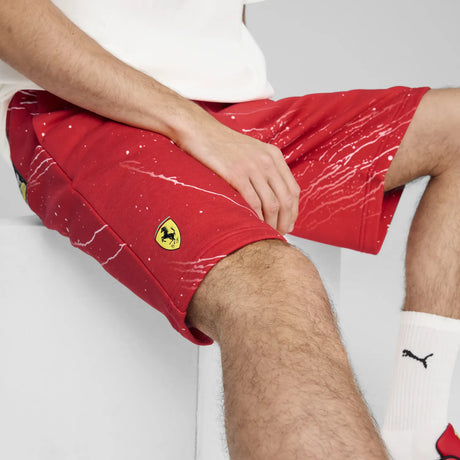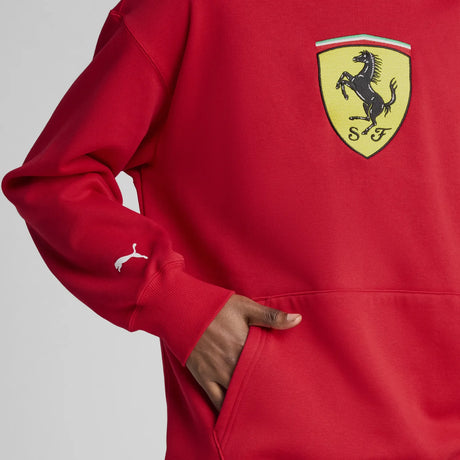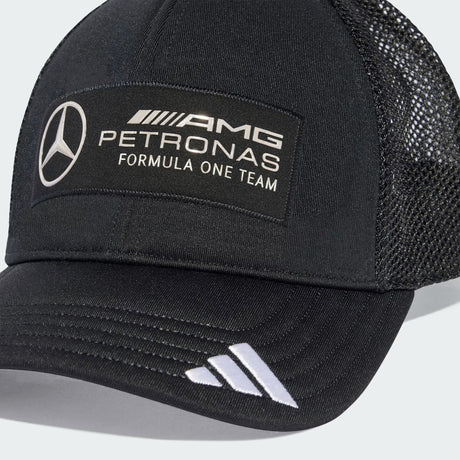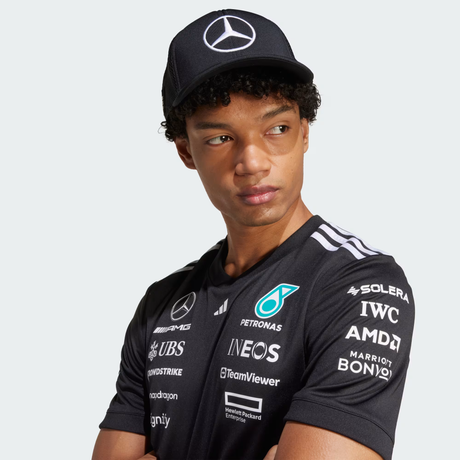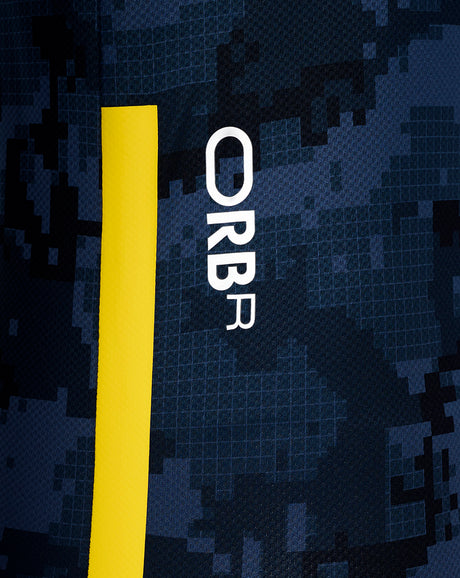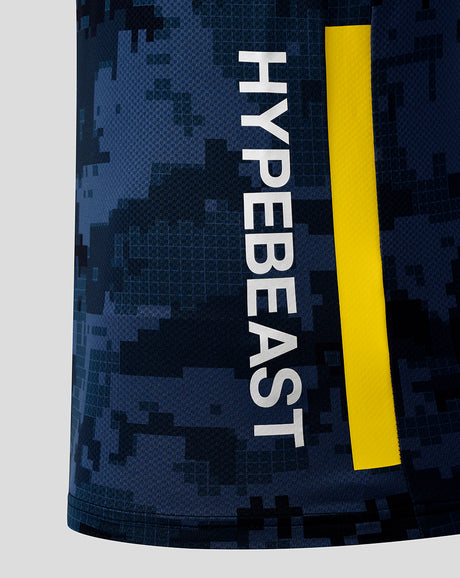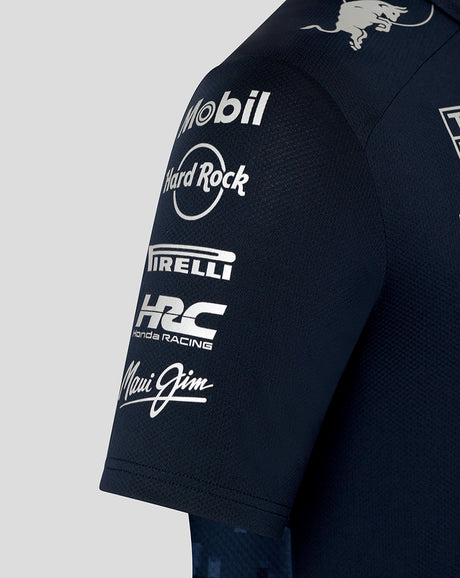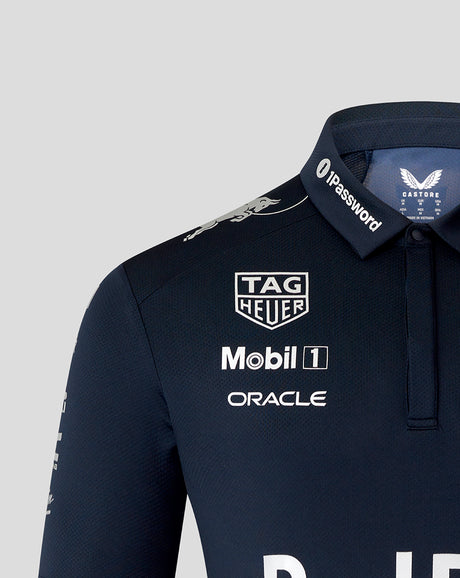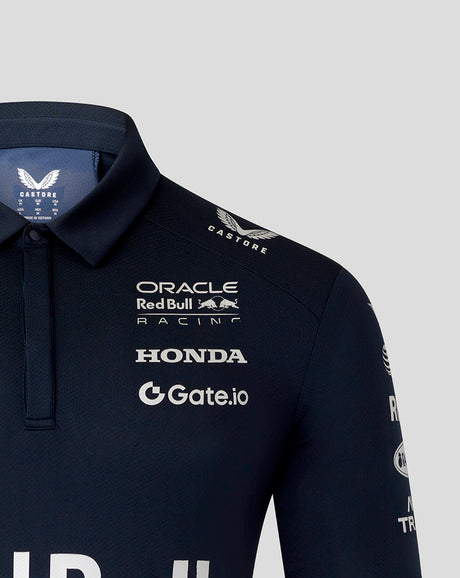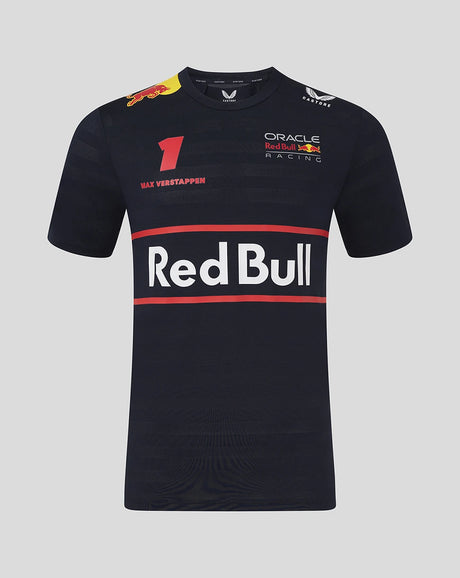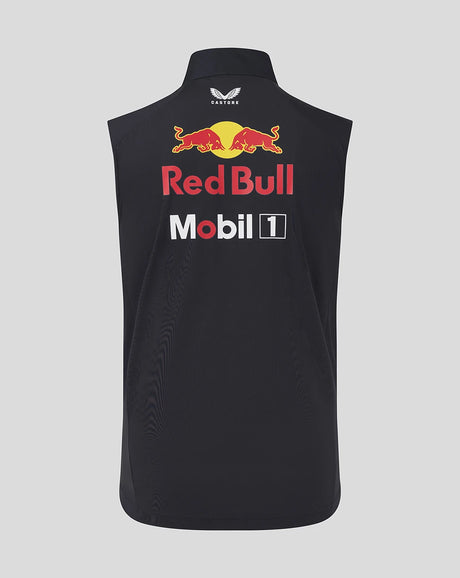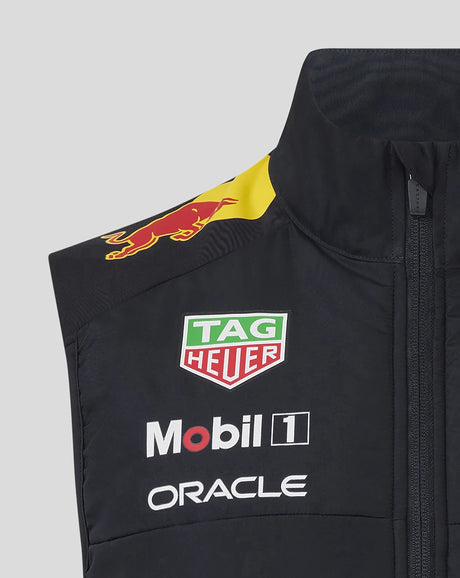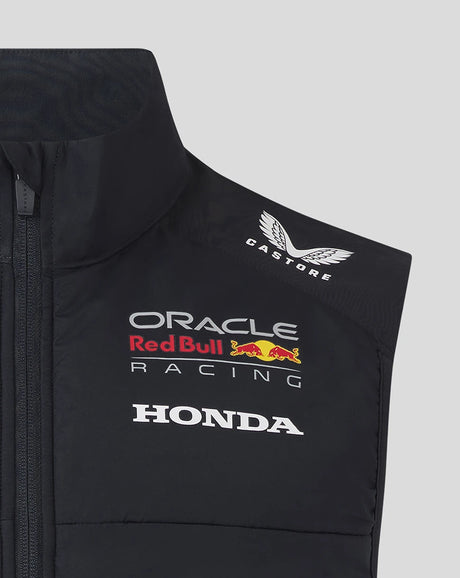The 2023 Formula 1 season has brought its fair share of highs and lows for the Alpine team, but few weekends have left the French outfit scratching their heads quite as much as the Mexico City Grand Prix. With the vibrant Autódromo Hermanos Rodríguez providing the backdrop for a raucous crowd and challenging conditions, Alpine’s performance shortcomings were laid bare in a way that has raised questions not simply about their car’s pace, but also strategic decision-making and the ongoing development race within the F1 midfield. This race served as a poignant reminder of how fine the margins can be and how quickly fortunes can swing in the pinnacle of motorsport.
From the opening practice sessions, it was clear that both Esteban Ocon and Pierre Gasly were fighting an uphill battle. Despite overnight simulations and setup changes, neither driver could extract competitive pace from the A523 on Saturday, with Gasly scraping into Q2 and Ocon falling out in Q1—a bitter pill for a team that had harboured ambitions of challenging for podiums earlier in the season. The high-altitude nature of the Mexico circuit demands extreme efficiency from both power unit and aerodynamics, areas where Alpine simply couldn’t match their rivals this weekend.
Alpine’s strategists faced a difficult Sunday, further complicated by the red flag incident that forced a race restart and jumbled the existing tire strategies. Ocon’s attempt at a long first stint never truly paid off, while Gasly’s approach—switching to the hard tires in the hope of late gains—yielded only a sliver of opportunity. Both drivers admitted post-race that there was simply “not a lot of things we could do,” highlighting the team’s feeling of powerlessness in the face of technical limitations and unfavorable racing circumstances.

What stood out most in Mexico City was the visible frustration and, at times, resignation in the voices of both Ocon and Gasly. For a team with the resources and pedigree of Alpine—formerly known as Renault—it’s not enough simply to finish as the “best of the rest.” The midfield battle in 2023 has been unforgiving, with Aston Martin, McLaren, and even Williams showing flashes of brilliance. Alpine’s inability to capitalize on chaotic races or sudden shifts in strategy is beginning to raise questions about the cohesiveness of their technical and operational approach.
It’s worth noting that the altitude in Mexico uniquely tests cooling systems and turbo efficiency, potentially masking some of the Alpine’s strengths while amplifying its weaknesses. Nevertheless, other teams facing similar constraints found ways to maximize their results, whether through canny tire management or bold strategy calls during safety car periods. Alpine’s conservative approach, sticking to plans rather than improvising in the moment, may be symptomatic of deeper issues in the decision-making hierarchy.
Fans of the Enstone-based team may take solace in the fact that there is still time left in the season for redemption. Historically, Alpine has responded well to adversity, regrouping to deliver stronger results in subsequent races. Both Gasly and Ocon are experienced campaigners, renowned for extracting the most from difficult scenarios when given a fighting chance. The technical team is well aware of the urgent need to unlock more performance, especially on tracks where straight-line speed and engine reliability do not play such a critical role.
Moving forward, the focus must now shift towards optimizing operational flexibility and developing solutions for the recurring setup issues that have plagued the team on certain circuits. Alpine’s stated goal of closing the gap to the front runners remains mathematically possible, but it will require a blend of aggressive upgrades, sharper racecraft, and renewed self-belief within the garage. For the Mexican Grand Prix, however, the undeniable truth is that Alpine simply lacked the tools to fight at the sharp end—and in the brutal world of Formula 1, every missed opportunity carries a cost.
With upcoming races offering a mix of traditional and modern layouts, the pressure is on for Alpine to prove that Mexico was merely an outlier and not the beginning of a worrying trend. Fans and pundits alike will watch closely to see if the team can bounce back and reclaim their place as a force in the fiercely contested midfield.


















